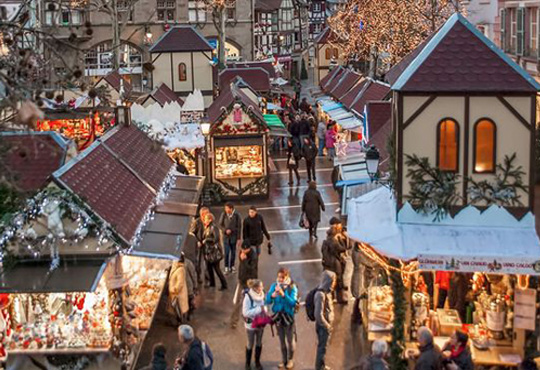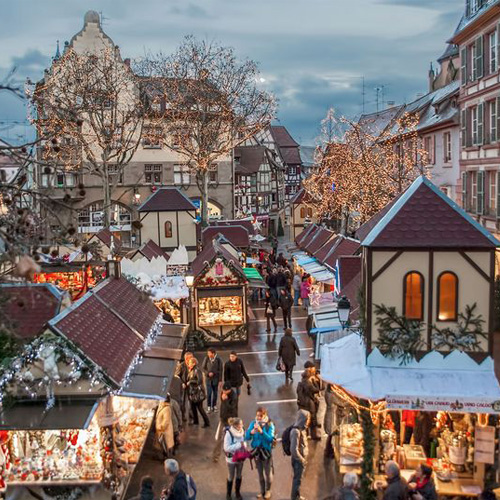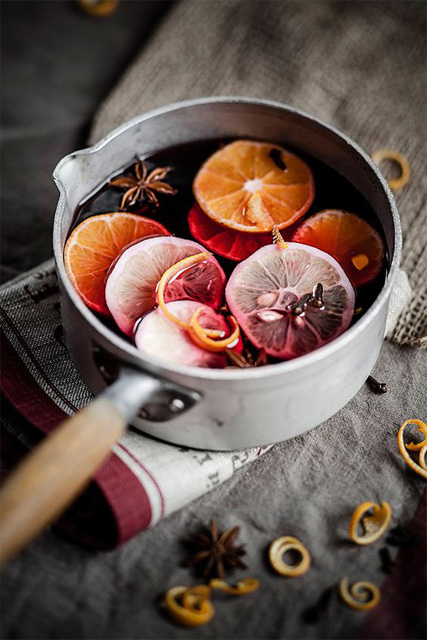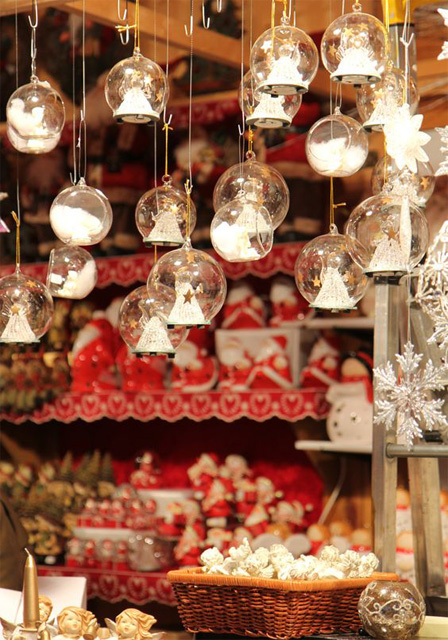
It’s that time of year again: weekends filled with festivities, late-night shopping trips and Christmas markets. In recent years, the latter has grown substantially in popularity, with many villages and towns jumping on the festive bandwagon. While some are big affairs with carol singing and a large assortment of stalls, others rely simply on a welcoming glass of mulled wine and a few artisan sellers.


The history of the Christmas market originates from Europe – in the towns of Germany, Austria, northern Italy and the French regions of Alsace, Lorraine and Savoy – to mark the celebration of Christmas in the four weeks of Advent. There are even records to suggest that these markets go back further than the 1300s with the Vienna ‘December market’ dating back to 1294.
Undoubtedly much has changed since those first few markets but the meaning and celebration remains the same. While many today are held in the town squares of European cities, in England they have migrated their way into country churches and old, historical locations. With market stalls selling Christmas treats and festive snacks, handmade gifts and local produce, they’re becoming increasingly popular as we look to buy original and special presents, whilst simultaneously supporting local suppliers.


They are not about running around the high-street frantically on the days leading up to Christmas realising you have forgotten to buy at least one present, but more about enjoying those December weeks before the big event. With the days growing shorter and the weather now much drearier, they offer a weekend salvation and an opportunity to catch up with friends over a glass of hot, spiced cider. They are a true representation of the talent of individuals too with beautiful handmade ceramics, jewellery and knitwear available to buy, not to mention, they certainly help us to get into the true spirit of Christmas!



